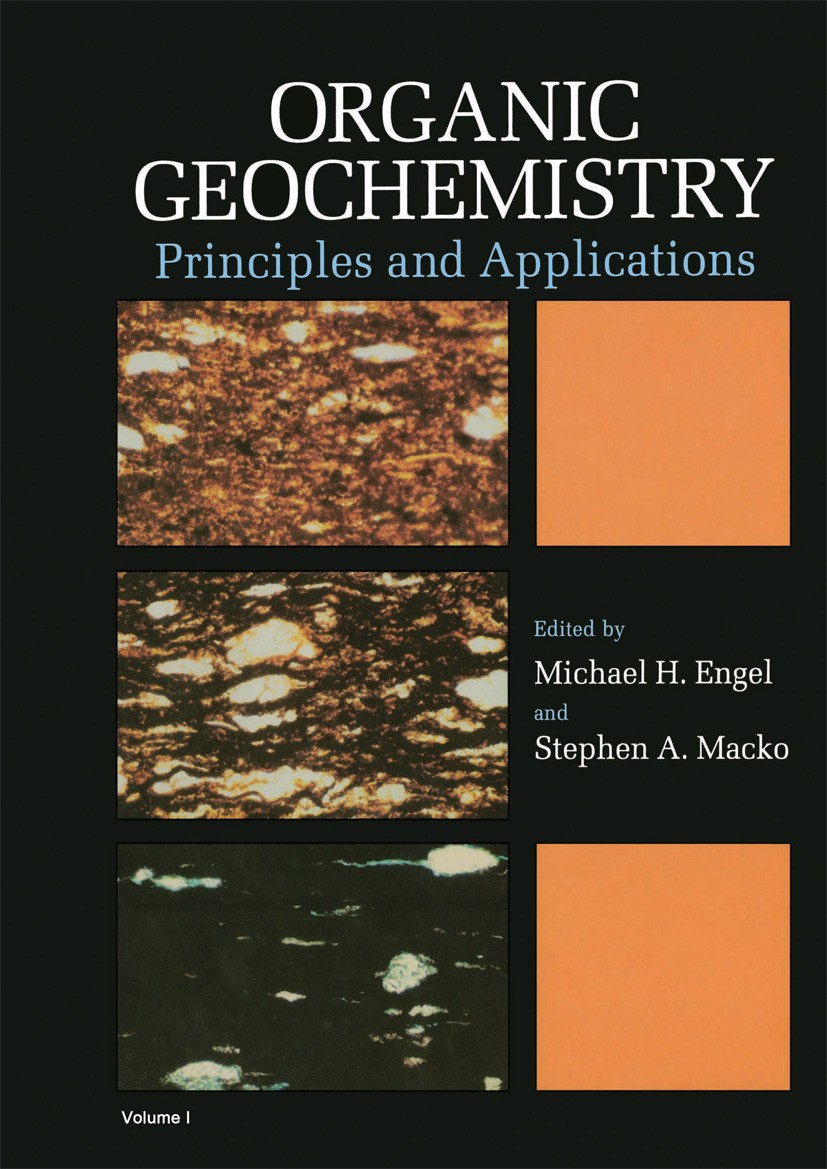吐哈盆地吐鲁番坳陷侏罗系次生蚀变及油气可能来源
IF 2.5
3区 地球科学
Q2 GEOCHEMISTRY & GEOPHYSICS
引用次数: 0
摘要
吐鲁番坳陷侏罗系储层次生蚀变过程的识别以及二叠系烃源岩的贡献在很大程度上仍有待探索。本研究在对代表性油气样品进行地球化学分析的基础上,系统整合碳同位素数据、生物标志物、C5-C7轻烃和金刚石类化合物组成,识别二叠系烃源岩的次生蚀变,评估二叠系烃源岩烃源岩的贡献。结果表明,Y7井和Qt1井侏罗系油藏经历了广泛的生物降解过程,随后分别发生了轻度至中度生物降解油和新鲜未变质油的混油过程。蒸发分馏作用在侏罗系储层中是常见的,但其发生程度差异较大。生北子凹陷蚀变程度较其他子凹陷更为强烈,以Sb3和Sb5凹陷蚀变程度最高。基于饱和烃、芳烃和轻烃的热成熟度评价表明,大多数样品的产油阶段从高峰到晚期。由于较高的成熟度充注事件,一些轻质油和凝析油向凝析/湿气阶段发展。对比分析表明,侏罗系烃源岩中存在侏罗系煤系烃源岩、侏罗系七克台烃源岩和中二叠统烃源岩3个端元油、凝析油家族共存,进一步表明二叠系烃源岩对部分地区侏罗系储集层的贡献较大,尽管其生成阶段不同。总体而言,吐鲁番坳陷侏罗系油藏经历了多次次生蚀变过程,并经历了侏罗系和二叠系烃源岩复杂的充注事件,形成了高度复杂的成藏机制。本文章由计算机程序翻译,如有差异,请以英文原文为准。
Secondary alteration and probable sources of oils and condensates in Jurassic reservoirs of the Turpan Depression, Turpan-Hami Basin, NW China
The identification of secondary alteration processes in Jurassic reservoirs of the Turpan Depression and the contribution of petroleum from Permian sources remains largely unexplored. This study, based on geochemical analyses of representative oil and condensate samples, systematically integrates carbon isotope data, biomarkers, C5-C7 light hydrocarbon, and diamondoids compositions to identify secondary alterations and assess the contribution of hydrocarbons derived from Permian source rocks. The results reveal that the Jurassic oil reservoirs of wells Y7 and Qt1 have undergone extensive biodegradation, followed by subsequent oil mixing processes with slight to moderate biodegraded oils and fresh, unaltered oils, respectively. Evaporative fractionation is frequently observed in the Jurassic reservoirs, although the degree of its occurrence varies considerably. Reservoirs in the Shengbei sub-sag experienced more intense alteration compared to those in other sub-sags, with the Sb3 and Sb5 reservoirs exhibiting the highest degrees of alteration. Thermal maturity evaluations, based on saturated, aromatic, and light hydrocarbons, reveal that most samples range from peak to late oil-generation stages. Some light oils and condensates have progressed toward the condensate/wet gas stage because of higher maturity charging events. Correlation analysis indicates the coexistence of three end-member oil and condensate families within the Jurassic reservoirs, those generated from Jurassic coal-measure source rocks, those derived from Jurassic Qiketai source rocks, and those originating from Middle Permian source rocks, further suggesting that the Permian-origin hydrocarbons have made a substantial contribution to the Jurassic reservoirs in some regions, despite being generated at varying thermal maturity stages. Overall, the Jurassic oil reservoirs in the Turpan Depression have undergone multiple secondary alteration processes and experienced complex charging events from both Jurassic and Permian source rocks, resulting in a highly complicated hydrocarbon accumulation mechanisms.
求助全文
通过发布文献求助,成功后即可免费获取论文全文。
去求助
来源期刊

Organic Geochemistry
地学-地球化学与地球物理
CiteScore
5.50
自引率
6.70%
发文量
100
审稿时长
61 days
期刊介绍:
Organic Geochemistry serves as the only dedicated medium for the publication of peer-reviewed research on all phases of geochemistry in which organic compounds play a major role. The Editors welcome contributions covering a wide spectrum of subjects in the geosciences broadly based on organic chemistry (including molecular and isotopic geochemistry), and involving geology, biogeochemistry, environmental geochemistry, chemical oceanography and hydrology.
The scope of the journal includes research involving petroleum (including natural gas), coal, organic matter in the aqueous environment and recent sediments, organic-rich rocks and soils and the role of organics in the geochemical cycling of the elements.
Sedimentological, paleontological and organic petrographic studies will also be considered for publication, provided that they are geochemically oriented. Papers cover the full range of research activities in organic geochemistry, and include comprehensive review articles, technical communications, discussion/reply correspondence and short technical notes. Peer-reviews organised through three Chief Editors and a staff of Associate Editors, are conducted by well known, respected scientists from academia, government and industry. The journal also publishes reviews of books, announcements of important conferences and meetings and other matters of direct interest to the organic geochemical community.
 求助内容:
求助内容: 应助结果提醒方式:
应助结果提醒方式:


